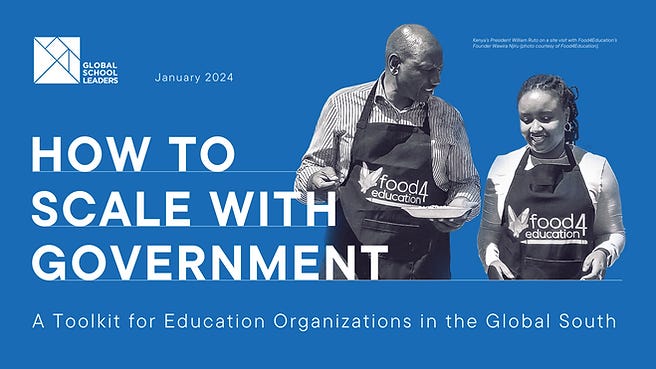Uncomfortable truth: communications is your mission too.
Like it or not, nonprofit leaders.
You’re not only in the business of fighting poverty and injustice.
You’re also in the business of developing and advancing big, bold ideas.
And “if you want your ideas to take hold and win, you need to communicate and communicate well. It’s not an option anymore — it’s a necessity,” says The Case for Communications in Stanford Social Innovation Review.
Consider this. ⤵
Their research project, Communication Matters, found “organizations that excel at communications are stronger, smarter, and vastly more effective.” Not just at fundraising — at impact too.
Because they have 4 things:
✅ A distinct & strong brand identity.
✅ An organizational culture of communication.
✅ Decisiveness, agility & capacity to take action.
✅ Strategy: a vision of how to make their ideas win.
But discrimination against nonprofits has warped our sector into thinking that advertising and marketing is a no-no, according to this TED Talk from Dan Pallotta — The way we think about charity is dead wrong.
Last week I posted about Pallotta’s first form of nonprofit discrimination, compensation.
Now, we must rethink a second myth. ⤵
The ‘radical’ notion of spending donor dollars on communications.
“I don’t want my donation spent on advertising, I want it to go to the needy,” claims the average naive donor.
But money invested in advertising could bring in dramatically more money for the needy, says Pallotta.
It’s simple math.
And simple logic.
So what should nonprofit leaders do then?
Name a brand communications owner at the leadership level.
Ensure donors & boards are bought into comms being mission-critical.
Budget accordingly for marketing & advertising — around 5% of income.
Hire a right-sized comms team — 2 full-time staff for $1M–$5M in turnover.
Openly discuss the ROI of comms in reports & stakeholder meetings.
Stop the “100% to the cause” overhead game — it hurts the comms cause.
Anything I missed here?
In summary:
“Brilliant experts can write compelling policy papers filled with breakthrough ideas to make our society better. But they can’t influence and shape the debate if no one is reading and digesting their work,” says Daniella Leger.
“That means organizations must invest in communications.”
“And if you look at the most successful organizations — no matter their mission — you’ll see that a strong and fully integrated communications strategy is always an important part of what they do.”
So comms isn’t secondary.
It’s a primary weapon.
Comms isn’t a line item.
It’s your lifeline.
And comms doesn’t detract.
It multiplies.
💪🏽💛
The Daily Bonus
This just in from Global School Leaders and
—Government-run education systems are the most critical channel to solve the learning crisis at scale. And it is important for education organizations to have the right tools to support their work and bring meaningful change.
We are proud to unveil our latest resource, "How to Scale with Government": A Policy Toolkit. 📚
P.S. It’s littered with Mighty Ally clients like Food for Education, Community Health Impact Coalition, STiR Education, Education Partnerships Group, DGMT, Mulago Foundation, Dovetail Impact Foundation, and Cartier Philanthropy — plus a kind nod to us on pages 20 and 63.


